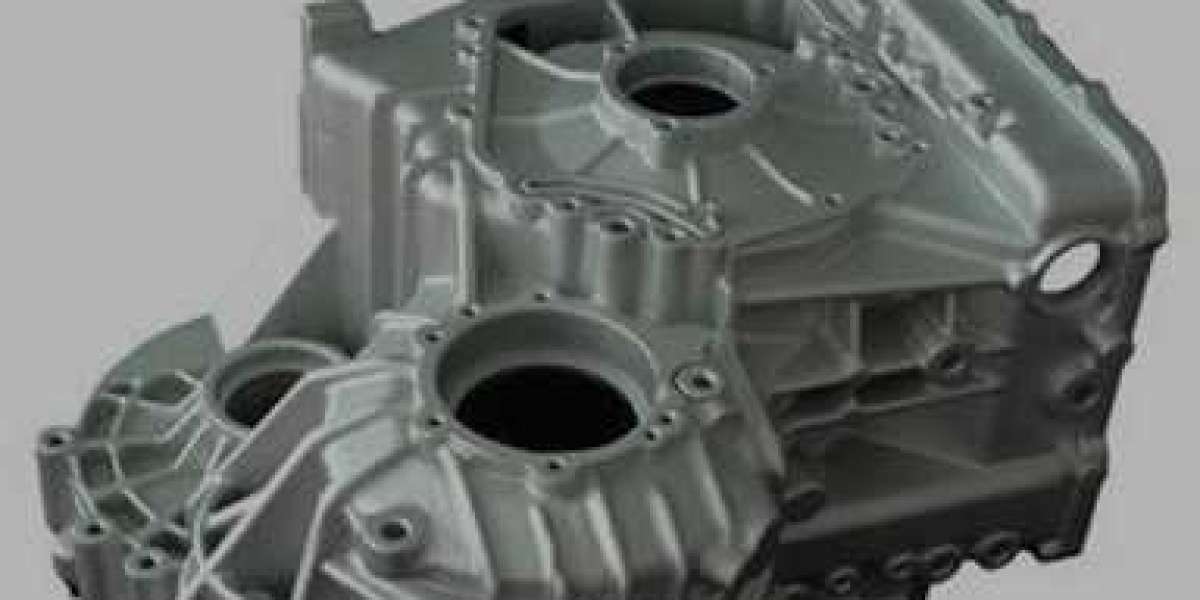A Mold release agent is a chemical substance that forms a molding surface barrier so that the product does not stick to the mold. Since many different industries and manufacturing processes require molds to form products such as glass, concrete, rubber, metal, and plastic parts, it is important to prevent materials from sticking to the mold surface. It extends the service life of tools and products, increases the production cycle, and reduces the defect rate throughout the production process.
You can find release agents suitable for any application on the market, including solvent-based, water-based, silicone-free, semi-permanent, etc. No matter what your specific needs or industries are, you can find a solution for your release agent.
Use of release agent
Since the surface of each material is porous at a micro level, the adhesive will sink into any piece and cause the part to fall off. The agent forms a molding surface barrier to prevent it from happening. Apart from allowing it to come out of the mold without any problems or damage, it has no effect on the tool or component itself, which means it can be applied to strong and sensitive parts.
Only a few applications of mold release agents include tool and fixture protection, electronic casting and mold coating to allow epoxy resins to be molded into different shapes.
What happens without using a release agent?
Production lag: The molding cycle is an important part of production. If the demoulding part of the process is slow, the entire production process will be interrupted and it will take more time.
Product damage: If the product is fused to the mold, it may be damaged during removal and may even need to be discarded. Without proper product demoulding, this situation may occur repeatedly.
Reduce mold life: The mold itself will need to regularly arrange maintenance cycles to maintain its service life, but if there is no agent, more maintenance is needed to achieve the same efficiency.
The cleaning speed is slow: after the molding, if the product adheres to the mold, the worker will have to spend more time and energy to clean up.
Loss of profits: In general, every problem that occurs when you use an incorrect release agent application may mean that you have lost the company's working hours, raw materials and money.
Benefits of various demolding applications
The benefits of proper demolding applications begin with avoiding all the problems that may arise when ignoring this part of the process. You will find that production time is reduced, products are better protected, cleaning is easier, mold availability is longer, and the company ’s total revenue has increased. In addition, using several different types of release agents will provide you with a customized "slip effect"-you can combine different release agents to change the ease of release from different parts of the mold.
Alkyl alkyl polysiloxane is the core raw material of die casting water-based mold release agent. It provides excellent heat resistance for mold release agent formulations and maintains the function of the formulation during the die casting process. Silway provides release agents and raw materials for finished products. It is a professional mold release agent manufacturer and mold release agent supplier in China. Welcome to buy: https://www.silways.com/application/mold-release-agent.html
